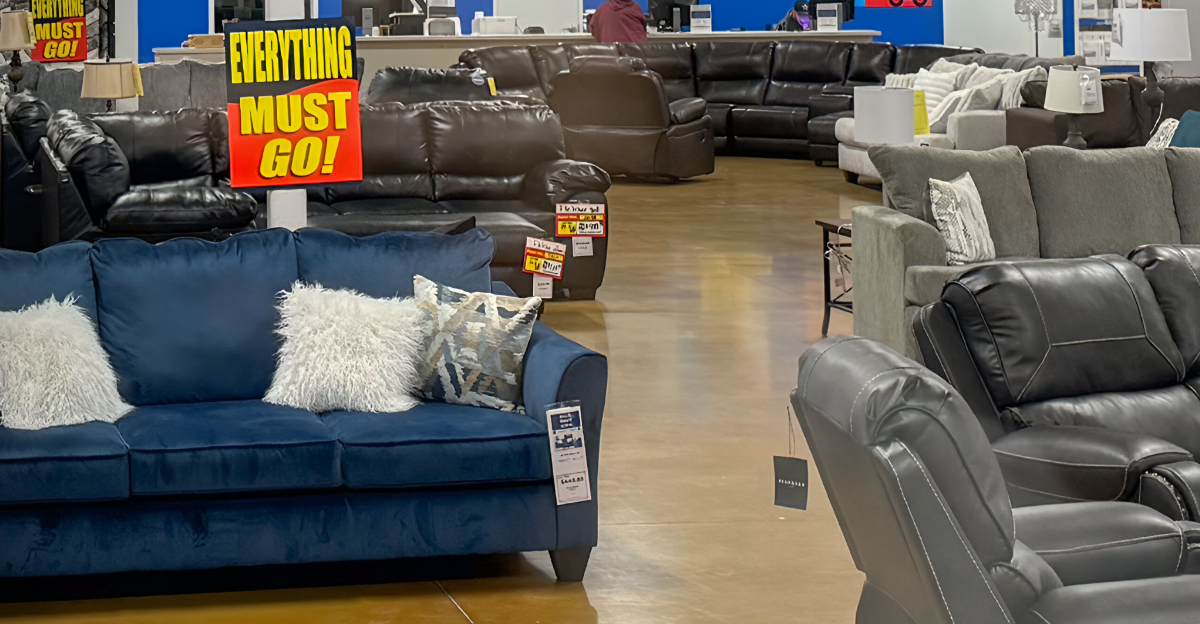
A Southern furniture chain with deep community roots is shutting down after more than 30 years. The farewell was heartfelt, but masked a painful truth about the pressures crushing American retailers. Family-run, regionally loved, and once thriving, this business couldn’t withstand the economic forces of 2025. Its collapse signals a retail reckoning. As shopping habits shift and local icons vanish, even familiar institutions are finding that tradition alone isn’t enough to survive.
A Local Favorite Quietly Vanishes
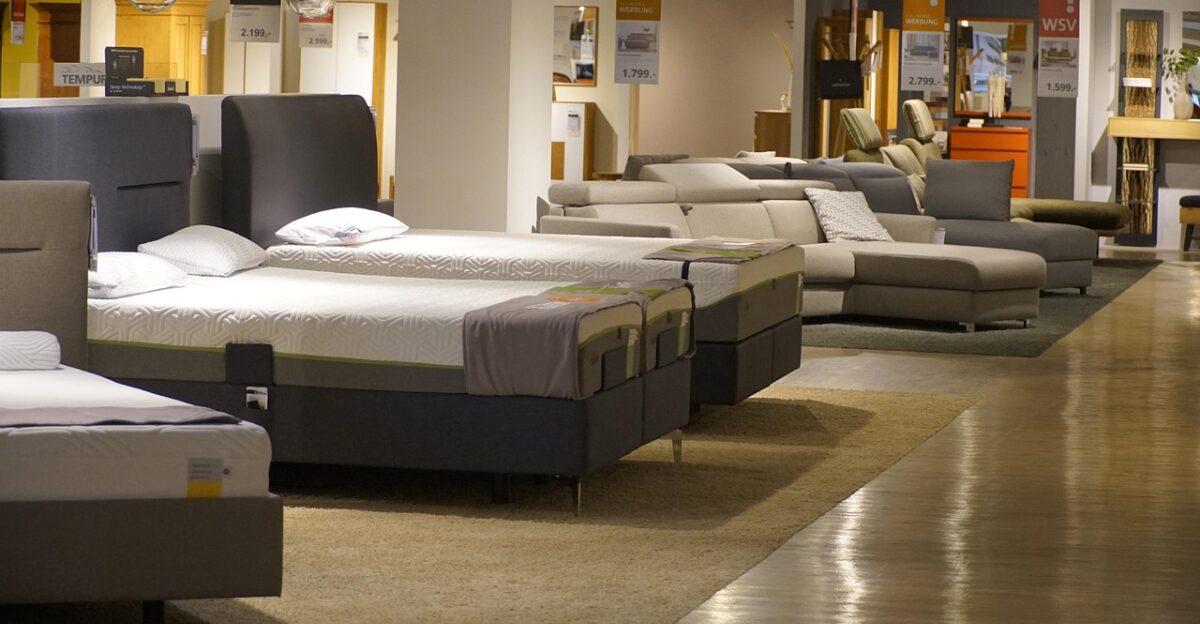
Shoppers began noticing empty shelves. Then came the online message: everything must go. Communities across Kentucky, Tennessee, Missouri, and Arkansas realized one of their most beloved retailers was disappearing. Families who’d bought furniture, holiday decorations, and gifts here for years suddenly faced a permanent goodbye. For many, the store was part of the rhythm of life. Now, it was slipping away for good.
Trees n Trends Bids Farewell
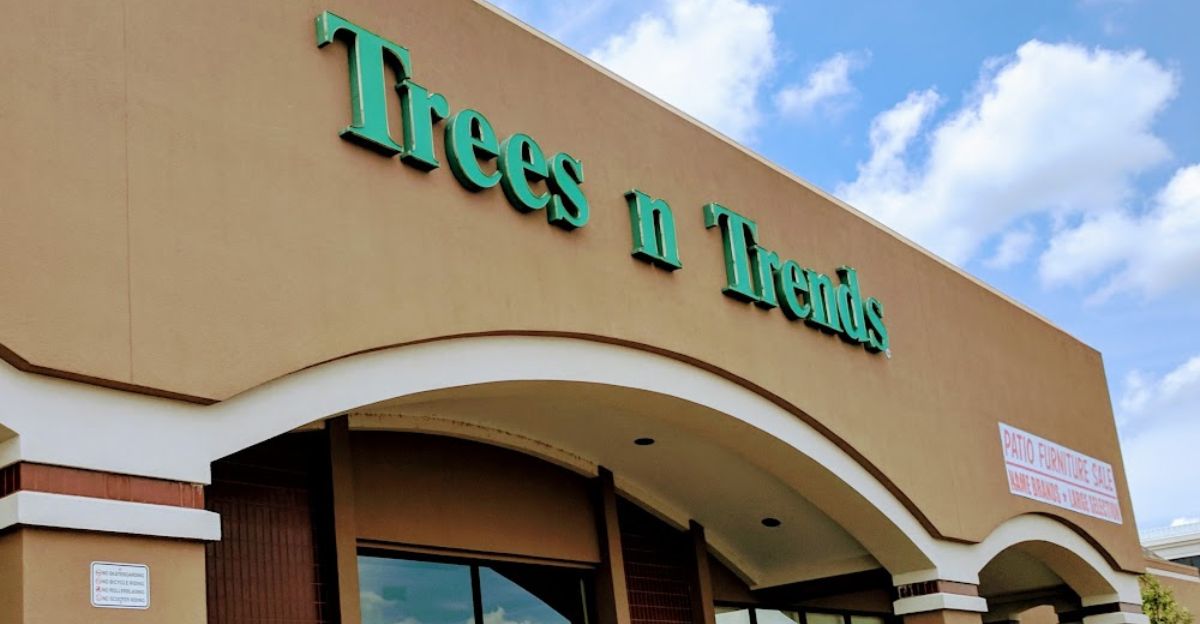
Trees n Trends is the company behind the closure that’s rippling through communities. Headquartered in Paducah, Kentucky, it expanded across the region with stores in Henderson, Bowling Green, Jackson, Cape Girardeau, and Jonesboro. The Wallace family, who founded and operated the business, made the difficult decision to shut down in June. In a heartfelt social media post, they thanked employees and customers for “33 years of memories, dedication, and joy.
What Was This Store, Exactly?

Before the name fades, it’s worth remembering what this furniture chain meant. Founded in 1992, the company built six large-format stores averaging 30,000 square feet, plus a growing online platform. Specializing in home décor, furniture, seasonal goods, and women’s fashion, it drew shoppers with its unique mix of charm and variety. Despite industry headwinds, the business remained family-owned for more than three decades and built a loyal base across the Southeastern U.S.
Built by Family, Rooted in Community

The Wallace family’s business journey began with a single store in Paducah. Over time, Trees n Trends became known not just for its floral arrangements and holiday setups, but for its welcoming feel. Generations of the same families shopped there. Employees stayed for years. And while revenue reached nearly $20 million in 2024, the business stayed grounded in personal service, not just transactions. That loyalty couldn’t shield it from a changing retail reality.
A Voluntary Goodbye, Not a Bankruptcy

Unlike many retail collapses, this was a voluntary wind-down, not a bankruptcy. The Wallaces began a storewide liquidation sale on June 30, set to end July 12. Discounts spanned every category, from holiday décor to women’s apparel. The final decision came after months of mounting pressure from inflation, supply chain delays, and e-commerce competition. Even after decades of success, they couldn’t ignore the writing on the wall. And this time, there would be no turnaround.
Supply Chains Buckled First
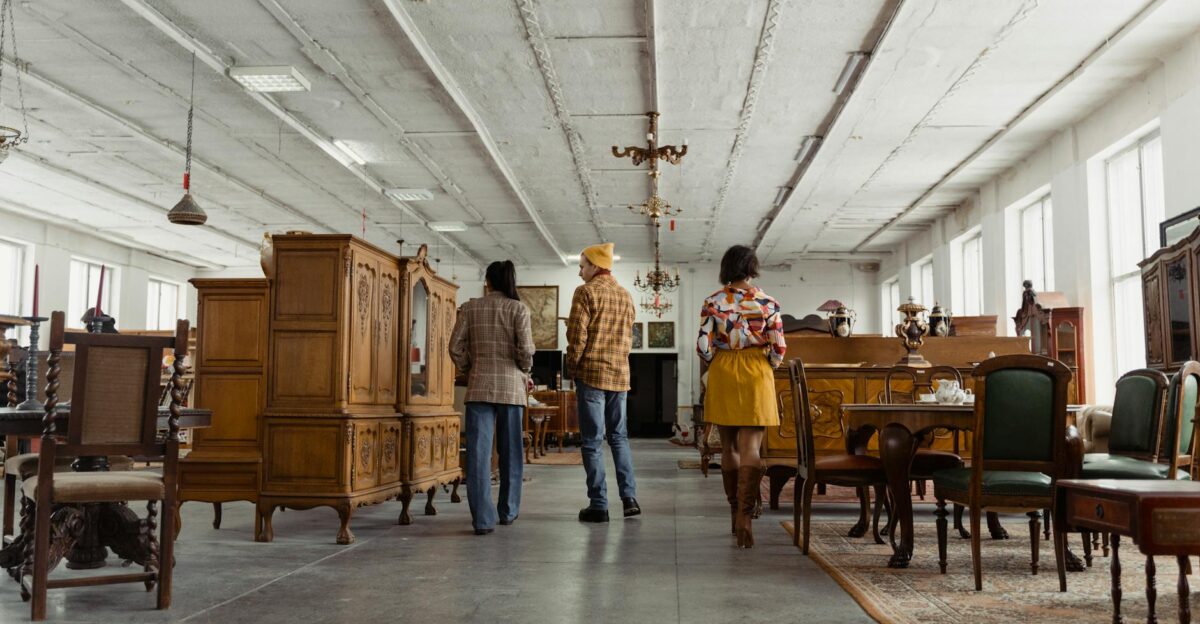
Since 2020, the furniture industry has faced nonstop disruptions. COVID-era shutdowns, raw material shortages, and shipping chaos, including the Suez Canal blockage, pushed up costs. Furniture prices have jumped 13% since 2015. For stores like Trees n Trends, that meant impossible choices: eat the cost or raise prices. Neither option worked. Add in long delays and low inventory, and loyal customers started looking elsewhere, especially online.
E-Commerce Closed the Gap

Trees n Trends had an online presence, but it couldn’t keep pace with digital-first giants. The global online furniture market is projected to hit $450 billion by 2030, up from $328 billion in 2022. Today, 45% of consumers blend online and in-store shopping. Competing means constant digital upgrades. For smaller chains, that’s a cost few can afford. In this race, Trees n Trends simply didn’t have the horsepower.
When Browsing Doesn’t Lead to Buying

Showrooming became a costly problem. Shoppers visited Trees n Trends to browse, then bought cheaper versions online. Amazon trained customers to expect low prices, free shipping, and instant service. That raised the bar for everyone. For regional retailers with limited budgets, the gap in expectations and reality grew too wide. Furniture stores, especially those built on in-person service, are now among the most at-risk retail segments in the country.
Family Businesses Move Differently

Trees n Trends wasn’t just a store. It was a legacy. And that legacy slowed the response to change. Family-owned businesses often avoid drastic restructuring, prioritizing people and values over profit. It’s part of what makes them beloved, but also what makes them vulnerable. In academic research, these businesses are less likely to cut staff, rebrand, or take significant financial risks. Unfortunately, in today’s retail climate, caution can be fatal.
Emotion Can Delay Hard Decisions

Letting go isn’t easy. The Wallaces built Trees n Trends across multiple generations. Closing the doors meant more than losing a business; it meant grieving a part of themselves. Studies show family entrepreneurs often face a psychological block when considering exit strategies. Many turn to spiritual or community support to cope. In this case, the decision was carefully weighed. But the longer they waited, the harder it became to pivot.
What Happens When Stores Vanish

Trees n Trends anchored communities. Its departure leaves a gap across multiple towns. Jobs disappear. Neighboring businesses lose traffic. Property values dip. Economists call this a “retail desert.” But for residents, it feels like something more profound: a cultural loss. In places like Paducah and Jonesboro, these stores were part of everyday life. Their absence changes the texture of the neighborhood, and not for the better.
Regional Retail Is on Life Support
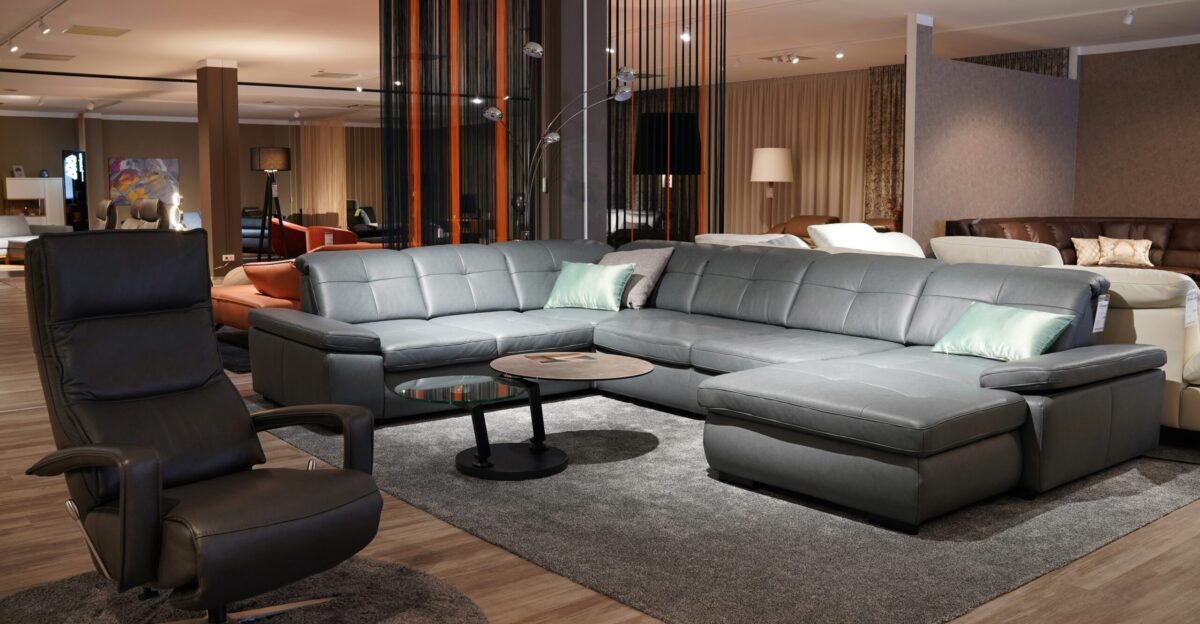
The home goods and furniture sector is under immense strain in 2025. When regional chains close, the ripple effect is broad. According to the National Bureau of Economic Research, small business shutdowns deepen inequality, raise unemployment, and weaken local economies. For the Southeast, the fall of Trees n Trends removes more than a store. It pulls away a community hub, leaving fewer local options and fewer reasons to shop nearby.
Inflation Crushed Discretionary Spending

In May, inflation held at 2.4%, with tariffs on furniture imports adding fuel. For budget-strapped shoppers, home décor was easy to delay. More than half of Americans now say their financial health is “fair” or “poor.” That shift hit Trees n Trends hard. Customers stopped spending, or spent online. Either way, the company’s large-format showrooms, once an advantage, became harder to maintain without steady, high-margin sales.
Tariffs Made Furniture Even Pricier

While tariff impact estimates vary, most retailers agree the added costs are real and painful. For a company like Trees n Trends, these hikes squeezed already-thin profit margins. Raise prices, and shoppers flee. Absorb the cost, and profitability tanks. It’s a no-win scenario that many regional chains are facing in 2025. Combined with inflation, the tariff burden helped tip the scales toward closure, even for companies that had weathered previous storms.
The Tech Gap Grew Too Wide

Modern shoppers want high-tech service, augmented reality previews, AI-driven recommendations, and real-time delivery updates. According to industry surveys, 58% expect digital visualization tools when buying furniture. Larger retailers are meeting those demands. Smaller ones, like Trees n Trends, can’t keep up. Their charm lies in real-life browsing, not tech bells and whistles. But in today’s retail game, analog warmth isn’t enough when digital precision rules the field.
A Store That Felt Like Family

For many customers, Trees n Trends wasn’t just a place to shop. It was a tradition. People came for Christmas trees, seasonal gifts, and decorating tips. Staff remembered your name. The atmosphere was welcoming and personal. That’s why the closure hit so hard. It wasn’t just about furniture—it was about losing a familiar rhythm, a trusted place, and a bit of local personality that won’t be easily replaced.
Why This One Hurts More

There’s something especially painful about the loss of Trees n Trends. It wasn’t a failing startup or a neglected franchise. It was a successful, family-run chain that stood for craftsmanship, service, and community. It’s fall isn’t just another business story, it’s a warning. A brand built on trust and tradition still wasn’t enough. In today’s economy, values matter, but they may not be enough to withstand the new rules of retail.
Can Other Stores Avoid the Same Fate?
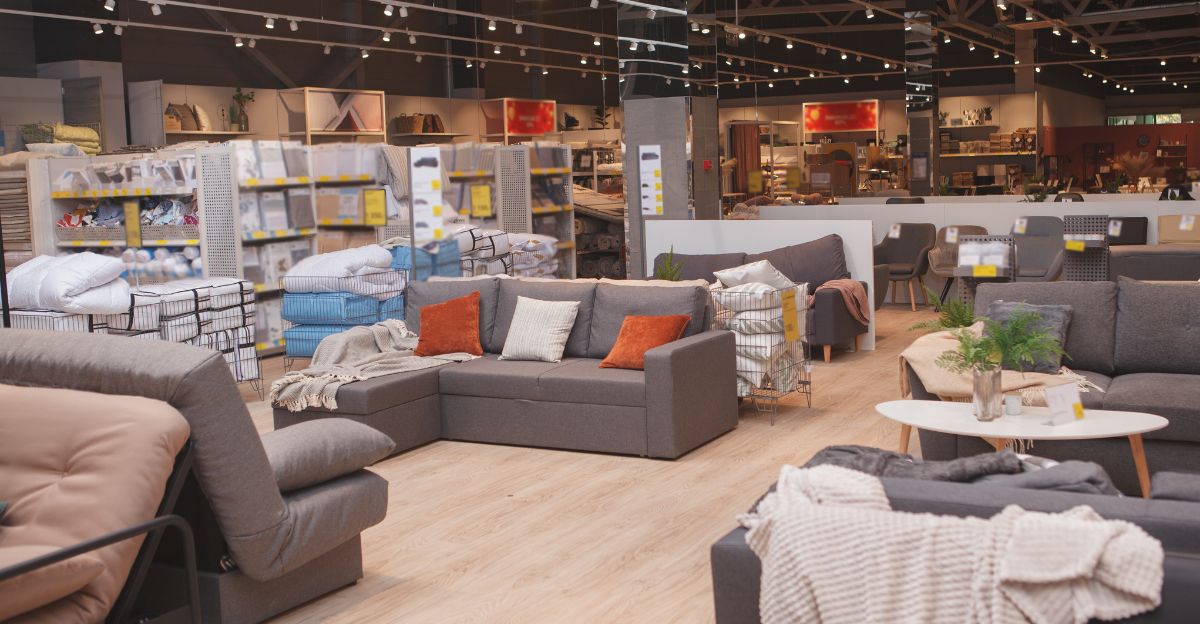
Survival now depends on adaptation. Blending physical charm with digital convenience is no longer optional; it’s essential. Consumers want curated experiences, fast delivery, and tech-powered shopping tools. Retailers who can’t offer both are falling behind. The lesson from Trees n Trends is clear: nostalgia can’t save a business. To remain relevant, especially in a sector as vulnerable as furniture, retailers must rethink how they serve today’s and tomorrow’s customers.
Can Tradition Survive in a Digital World?
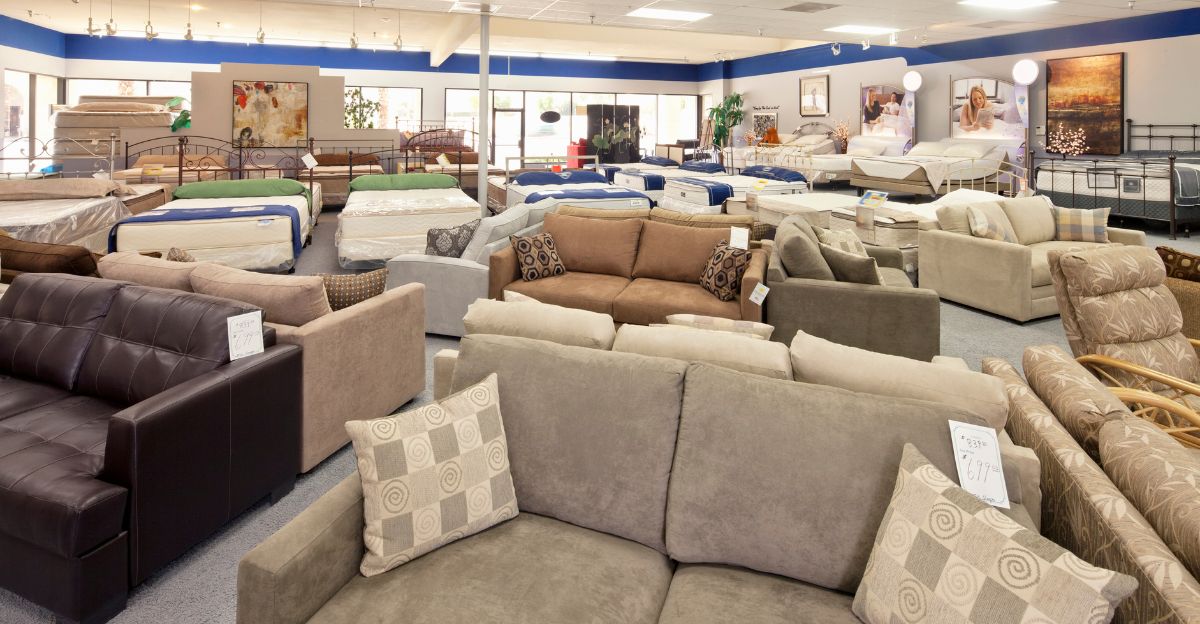
Trees n Trends is gone, but its story raises a bigger question: can legacy-driven, service-oriented retailers survive the next decade? The loss isn’t just about square footage—it’s about trust, human connection, and the role of local commerce. To endure, family businesses may need to embrace the very technology that once threatened them. Because in a market ruled by algorithms and automation, the only way to keep tradition alive might be to evolve it.